White Fuzzy Mold on Grass - Please Help Identify!
katieeyler
9 years ago
Featured Answer
Sort by:Oldest
Comments (27)
katieeyler
9 years agolast modified: 9 years agokatieeyler
9 years agolast modified: 9 years agoRelated Discussions
volunteer fuzzy...squash? help please!
Comments (3)looks like a long variety of the winter melon. in cantonese we call the round ones dong gua and the long ones tzeet gua. the ones we grow have yellow flowers on short stems. yours are white on long stems....See MoreHelp identifying fuzzy things on succulents
Comments (11)Yes, they are mealy bugs. The first step is definitely to quarantine any affected plants. Make sure you really check all your plants, not just the ones where they are readily visible, because they can be expert hiders. Leaf or surface mealy bugs are different from root mealy bugs, but it is possible to have both. I would try pulling up a plant or two to check; if you don't see anything, you probably only have the surface bugs. Treatment can be a bit of a pain, but you can find lots of information on what solution to use on the forum. I have used a 50/50 water/alcohol mix with a squirt of dish soap, and I'm currently experimenting with Safer's Insecticidal Soap. So far it seems to be working well. Definitely make sure you spray and/or remove what you see, but I always like to spray the whole plant in case there are things I can't see going on. Because soaps and pesticides often work on certain, but not all, parts of the life cycle, you will have to do several treatments. The life cycle is around 3 weeks. I like to spray once every few days (spraying every day seems too hard on the plant, in my experience). Then, be sure to keep your plants quarantined for a few more weeks to be sure all the bugs are gone before you put them back with the rest of your collection. Good luck!...See MoreFuzzy white flower from Costa Rica needs an ID, please.
Comments (1)Nymphoides indica...See Morefuzzy white mold in worm bucket drainage holes
Comments (3)thanks leearnold! do you think that there might not be enough venting on the cedar box surrounding the plastic bucket? there is no mold in the bucket, it grows from the bottom drainage holes in an icicle formation on the underside of the plastic bucket! thanks again!...See Morekatieeyler
9 years agolast modified: 9 years agodchall_san_antonio
9 years agolast modified: 9 years agokatieeyler
9 years agolast modified: 9 years agokatieeyler
9 years agolast modified: 9 years agokatieeyler
9 years agolast modified: 9 years agomorpheuspa (6B/7A, E. PA)
9 years agolast modified: 9 years agodchall_san_antonio
9 years agolast modified: 9 years agokatieeyler
9 years agolast modified: 9 years agoBoatDrinksq5
9 years agolast modified: 9 years agodchall_san_antonio
9 years agolast modified: 9 years agokatieeyler
9 years agolast modified: 9 years agomorpheuspa (6B/7A, E. PA)
9 years agolast modified: 9 years agokatieeyler
9 years agolast modified: 9 years agomorpheuspa (6B/7A, E. PA)
9 years agolast modified: 9 years agokatieeyler
9 years agolast modified: 9 years agomorpheuspa (6B/7A, E. PA)
9 years agolast modified: 9 years agokatieeyler
9 years agolast modified: 9 years agomorpheuspa (6B/7A, E. PA)
9 years agolast modified: 9 years agokatieeyler
9 years agolast modified: 9 years agotheturfguru1972
9 years agolast modified: 9 years agodchall_san_antonio
9 years agolast modified: 9 years agomorpheuspa (6B/7A, E. PA)
9 years agolast modified: 9 years agokatieeyler
9 years agolast modified: 9 years agokatieeyler
9 years ago
Related Stories

SUMMER GARDENINGHouzz Call: Please Show Us Your Summer Garden!
Share pictures of your home and yard this summer — we’d love to feature them in an upcoming story
Full Story
DECORATING GUIDESPlease Touch: Texture Makes Rooms Spring to Life
Great design stimulates all the senses, including touch. Check out these great uses of texture, then let your fingers do the walking
Full Story
REMODELING GUIDESCrown Molding: Is It Right for Your Home?
See how to find the right trim for the height of your ceilings and style of your room
Full Story
MOST POPULAR7 Ways Cats Help You Decorate
Furry felines add to our decor in so many ways. These just scratch the surface
Full Story
ORGANIZINGHelp for Whittling Down the Photo Pile
Consider these 6 points your personal pare-down assistant, making organizing your photo collection easier
Full Story
ORGANIZINGGet the Organizing Help You Need (Finally!)
Imagine having your closet whipped into shape by someone else. That’s the power of working with a pro
Full Story
SELLING YOUR HOUSE5 Savvy Fixes to Help Your Home Sell
Get the maximum return on your spruce-up dollars by putting your money in the areas buyers care most about
Full Story
GRASSES10 Ways to Use Ornamental Grasses in the Landscape
These low-maintenance plants can add beauty, texture and privacy to any size garden
Full Story
HOUZZ TOURSHouzz Tour: A Texas Home Gets a Healthy, Fresh Start
Mold eradication was just the beginning for this Austin family's home on a creek bed — toxins of all kinds now don't make it past the door
Full Story
KITCHEN DESIGNHow to Keep Your White Kitchen White
Sure, white kitchens are beautiful — when they’re sparkling clean. Here’s how to keep them that way
Full Story



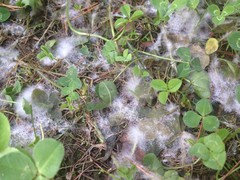

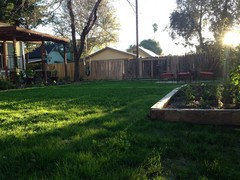
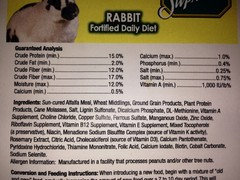
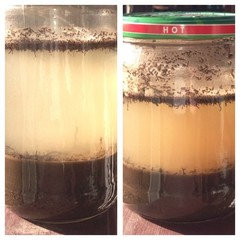

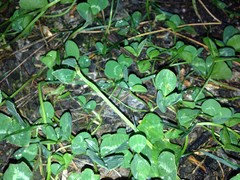

dchall_san_antonio